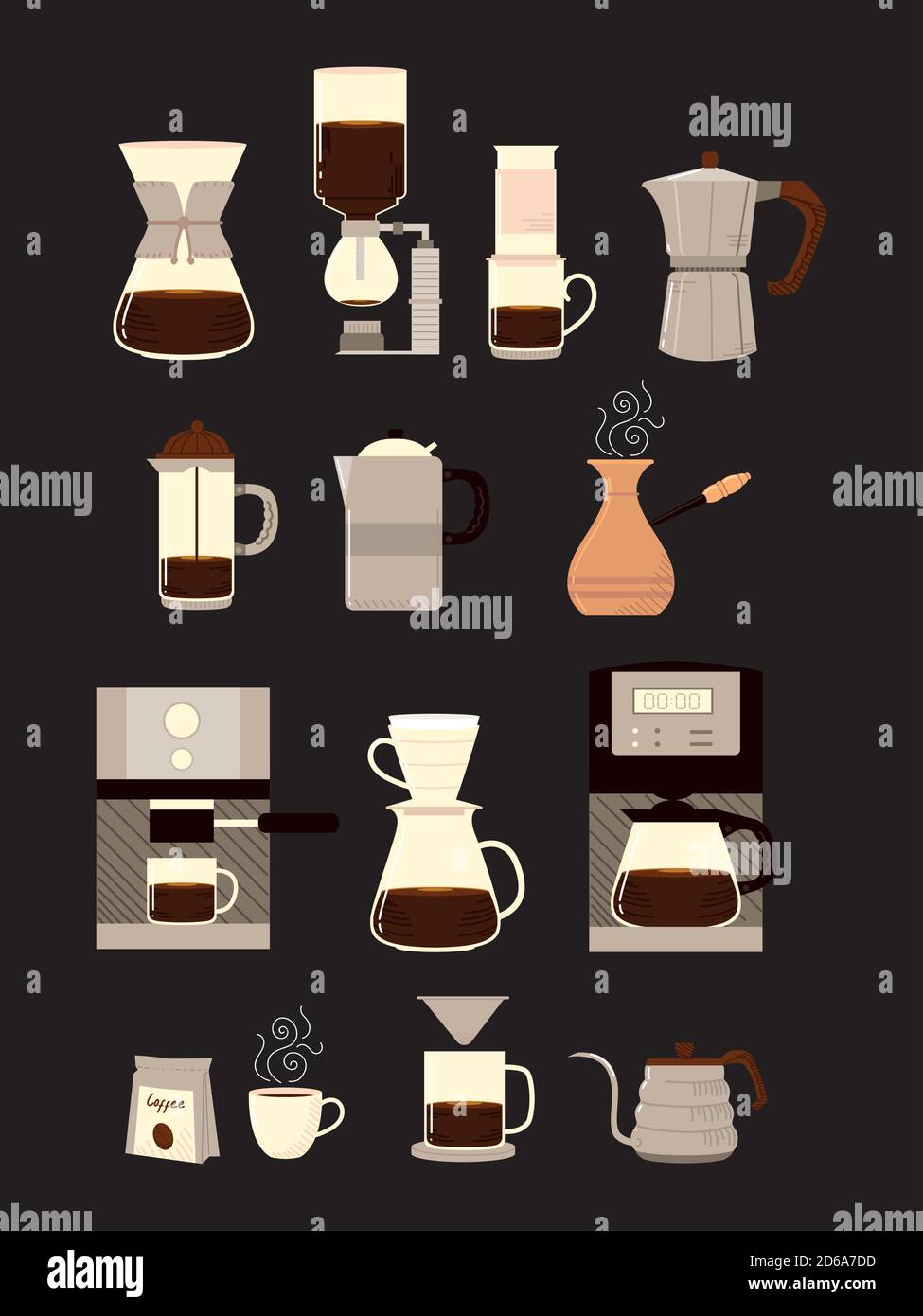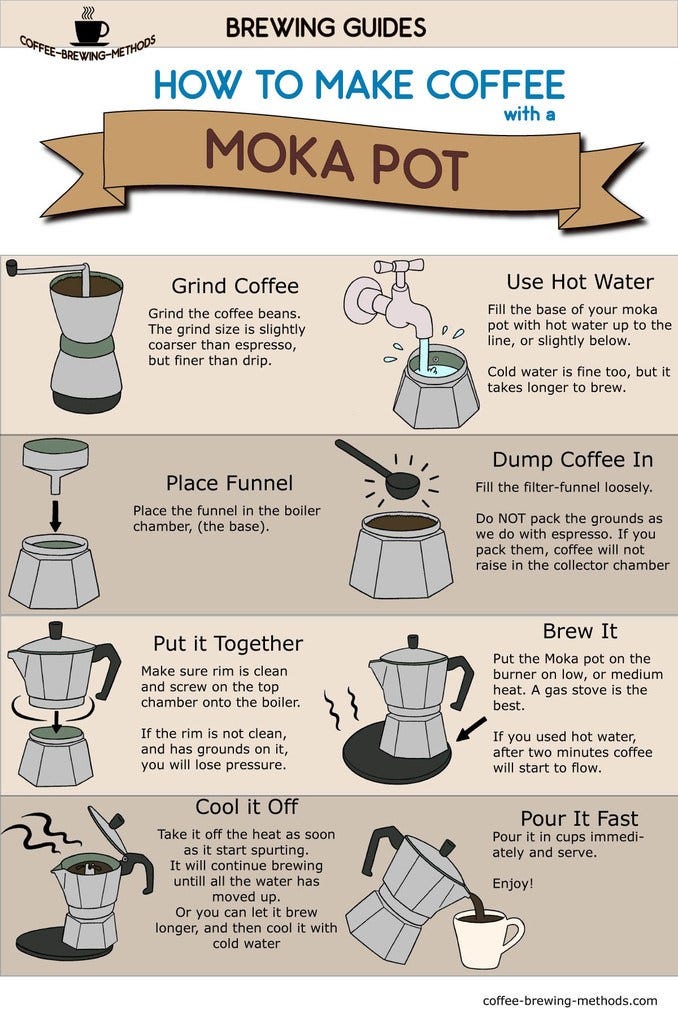The Scientific Research Behind Coffee Brewing: Exactly How Temperature and Time Affect Your Drink
Comprehending the science behind coffee brewing reveals that temperature level and time are not mere variables however pivotal components that determine the drink's flavor account and total quality. As we check out the subtleties of these components, the concern arises: exactly how can one effectively balance temperature and time to attain that excellent brew?
The Chemistry of Coffee Removal
The chemistry of coffee removal dives into the detailed processes that change raw coffee beans into the aromatic beverage enjoyed worldwide. This change mostly involves the solubility of different substances present in the beans, which are influenced by factors such as grind size, water top quality, and the developing technique employed.
Throughout the brewing procedure, warm water acts as a solvent, removing soluble compounds, consisting of caffeine, sugars, lipids, and acids, from the coffee premises. Each compound adds to the taste account, scent, and body of the final drink. Acids are responsible for appetizing and brilliant notes, while oils contribute to a rich mouthfeel.
The initial stages of brewing essence acids and sugars, leading to a pleasant acidity, while extended extraction can lead to anger due to over-extraction of undesirable substances. Recognizing these chemical communications is crucial for maximizing developing techniques, as the balance between removal time and water temperature can significantly affect the total quality of the coffee.
Suitable Developing Temperatures
Discovering the appropriate developing temperature is essential for unlocking the complete capacity of coffee flavors and scents - coffee brewing methods. Research indicates that the optimal range for brewing coffee lies in between 195 ° F to 205 ° F(90 ° C to 96 ° C) Within this variety, the removal procedure effectively dissolves the desirable soluble compounds in coffee beans, causing a well balanced and flavorful mug
Developing at lower temperature levels, such as below 195 ° F(90 ° C ), might cause under-extraction, yielding an acidic and weak mixture with soft flavors. Conversely, brewing at temperatures going beyond 205 ° F(96 ° C) can lead to over-extraction, producing a rough and bitter preference due to the extreme dissolution of unfavorable substances, such as tannins.
Furthermore, the ideal developing temperature level can differ relying on the coffee bean kind and roast level. Lighter roasts commonly benefit from slightly greater temperature levels to enhance their complex taste accounts, while darker roasts may be better matched to lower temperatures to mitigate resentment.
Inevitably, keeping precision in brewing temperature levels is essential for accomplishing an unified balance of flavors, ensuring that every mug of coffee delivers a satisfying sensory experience.
Impact of Brewing Time
Brewing time plays an essential function in identifying the taste account and general top quality of coffee. Much shorter developing times can result in under-extraction, leading to a sour or weak taste, as not enough soluble compounds are liquified.
Optimum brewing time differs depending on the technique used and the grind dimension of the coffee. A French press normally requires concerning four minutes, while coffee removal his response is usually finished within 25 to 30 seconds. It is important to calibrate developing time in conjunction with various other variables, such as water temperature level and coffee-to-water proportion, to accomplish the preferred flavor account.
Comprehending the impact of brewing time enables coffee enthusiasts to refine their brewing methods, eventually enhancing the sensory experience of their mug (coffee brewing methods). With mindful interest to this variable, one can unlock the full possibility of the coffee, disclosing its unique attributes and subtleties
Brewing Techniques and Their Impacts

For circumstances, methods like French press and chilly brew enable a longer steeping time, leading to a fuller body and durable taste due to enhanced extraction of oils and soluble solids. Conversely, espresso brewing makes use of high pressure and a shorter extraction time, generating a concentrated shot that emphasizes intense tastes and a rich crema.
Pour-over strategies, such as Chemex or V60, provide an even more regulated extraction process, allowing the maker to adjust flow price and water circulation, which can enhance illumination and clearness. Percolation techniques cycle water with the coffee grounds multiple times, leading to a more powerful, usually bitter flavor.
Lastly, the usage of paper filters versus steel filters can also influence the final taste; paper filters usually generate a cleaner cup by capturing oils and great bits, while metal filters allow even more oils to travel through, contributing to a fuller mouthfeel - coffee brewing methods. Understanding these subtleties can raise the coffee experience substantially
Tips for Perfecting Your Mixture
A well-executed brew can transform even the easiest coffee into a remarkable experience. To attain this, interest to detail is vital. Beginning with top quality, newly baked beans, as their flavor account decreases over time. Grind the beans right before brewing to make the most of quality, guaranteeing the work dimension you could try this out matches your brewing method-- coarser for French press and finer for coffee.
Water quality plays an essential role; usage filteringed system water devoid of impurities. The excellent brewing temperature level varies between 195 ° F and 205 ° F(90 ° C to 96 ° C ) Too hot can scorch the coffee, while too great might under-extract tastes.
Timing is equally important. For immersion methods, soaking for 3 to 5 minutes is ideal, whereas drip methods usually take around 5 mins. Trying out mixture times to locate your favored strength.

Conclusion
In recap, the complex connection between temperature level and time is paramount in the coffee brewing process. Recognizing these clinical concepts empowers people to refine their brewing strategies, eventually leading to a more well balanced and delightful coffee experience.
Comprehending the science behind coffee brewing reveals that temperature and time are not simple variables however essential elements that determine the beverage's flavor account and general quality. Comprehending these chemical communications is essential for enhancing brewing strategies, as the balance between removal time and water temperature can significantly influence the general high quality of the coffee.Developing time plays an essential function in figuring out the flavor account and total high quality of coffee. By focusing on these elements-- bean quality, grind dimension, water temperature level, soaking time, and proportion-- you can raise your coffee brewing process, resulting in a regularly superior mug.
In recap, the complex partnership between temperature level and time is critical in the coffee developing process.